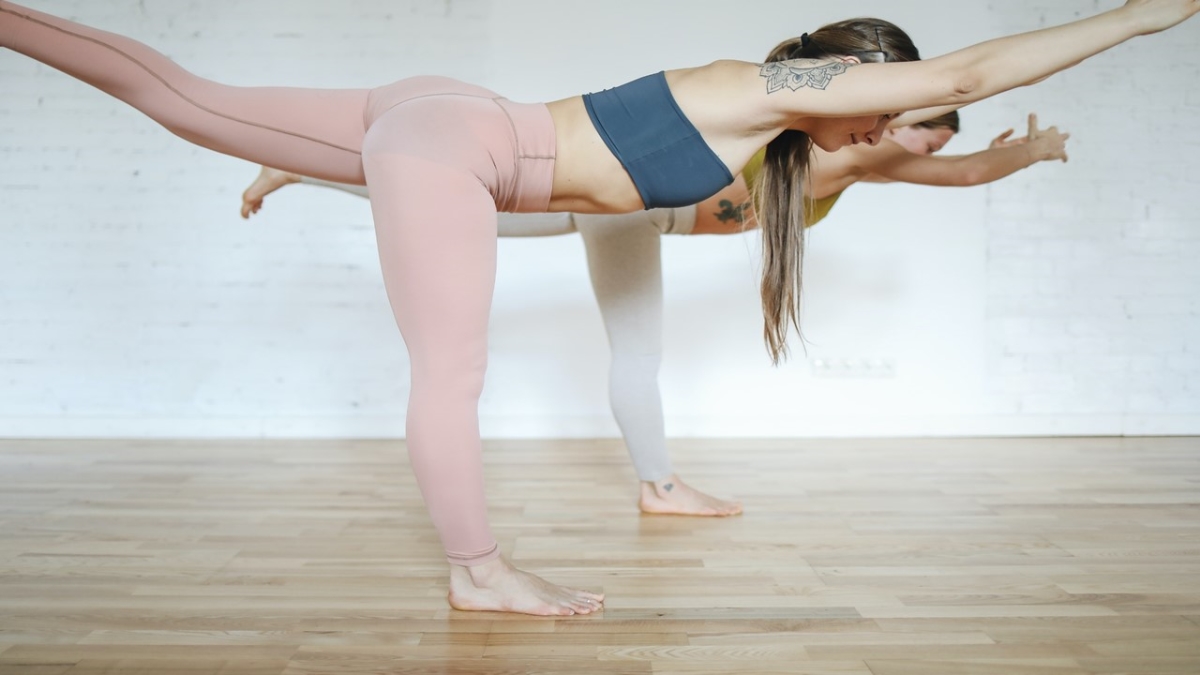Introduction
Eka Padasana is a standing yoga pose. Classic yoga texts don’t mention this posture. Therefore it is a modern yoga posture or it might have been in practice without any documentation. This posture is beneficial to both older people and children.
Eka Padasana Information
| Pose Name | Ekapadasana |
| Sanskrit | एकपादासन |
| IAST | ekapādāsana |
| English Name | One Foot Pose |
| Origin | Modern |
| Level | Intermediate |
| Group | Ekapadasana |
| Type | Standing Posture |
Eka Padasana Meaning
The Sanskrit term Ekapadasana is a combination of three words: Eka, Pada, and Asana. Eka means one. Pada means foot. Asana is a yoga posture. Therefore it gets the name One Foot Pose in English.
It is also spelled as Ek Padasan or Ekapadasana.
Eka Padasana Procedure
Precautions and Contraindications
Pregnant ladies should avoid this posture since there is a risk of falling. Similarly for the same reason, elder people should not attempt this one. Moreover, this posture is not for those having issues on their lower back. If at all, they would like to take this practice, they should first consult their physician.
Furthermore, people having high blood pressure should not attempt this practice.
Preparatory Poses
A beginner should get mastery over the following preparatory poses before attempting this posture.
Eka Padasana Steps
Step 1
Stand with legs together. Take a couple of deep breaths. Inhale and raise the arms straight over the head. Then interlock the fingers. Ensure that your palms are facing downward.
Step 2
Then bend your hips forward slowly and simultaneously raising your left leg. Check that your arms, left leg, trunk, and head are in a straight line and parallel to the ground. Also ensure that your right leg is straight and vertical. Fix the eyesight on the palms. Breath normally.
Step 3
Keep the position as long as it is comfortable. Then slowly exhale and come back to the standing position.
Step 4
Repeat the above steps with the right leg raised.
Duration
The final position may be for a duration of two to three minutes. Beginners may find it difficult to retain the position for more than thirty seconds. In that case, they may go for three to four rounds to increase the total duration.
Follow Up Poses
After the performance of this posture, the aspirant should follow up with any one of the back bending poses.
Eka Padasana Benefits
- It strengthens the arms, legs, and hip joints and improves their flexibility.
- This posture improves the flexibility of the lower back. It strengthens the lumbar and sacral joints. As a result, the practitioner gets relief from sciatica pain and lumbago. Note that those having the said issues should perform this posture under competent supervision. This is because it may result in more harm than any benefit, if not performed in the right way.
- It improves neuromuscular coordination. Also it activates the parasympathetic nervous system. Hence it is good for stress, anxiety, and depression.
- For older people, this posture improves the ability to raise from the chair, weight loss, increased step length, and reduced fear of falling. This posture can be used as an effective fall prevention strategy in older people.
- A study by Akhila, J. S. (2010) concludes that the regular practice of Anulom Vilom Pranayama and Eka Padasana can be an alternative modality in the management of Attention Deficiency Hyperactivity Disorder in children.
